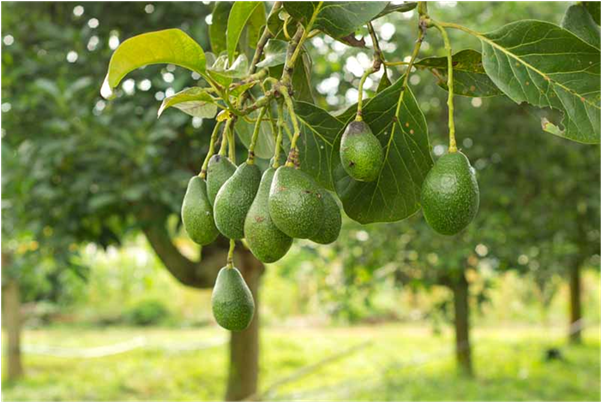Table of Contents
The avocado plant is native to Central America and grows in hot, humid, and sunny weather. But you can grow them in the UK environment too. However, growing a healthy Avocado plant requires more attention and care.
You need a warm home environment and patience to grow avocado stones into a healthy sapling. However, growing avocado plants in a UK environment can be easy if you know the right method.
You must note that avocado plants can be a whopping 20m tall, but in America and UK, you can treasure the plant as a house plant. Also, growing avocados can be a fun project for kids or anyone who loves to grow plants. So, if you are curious about increasing avocado plants, you are at the right place.
Here, we will discuss 6 steps for growing avocado stones and ways to maintain a healthy avocado sapling.
1. Pick Your Suitable Avocado
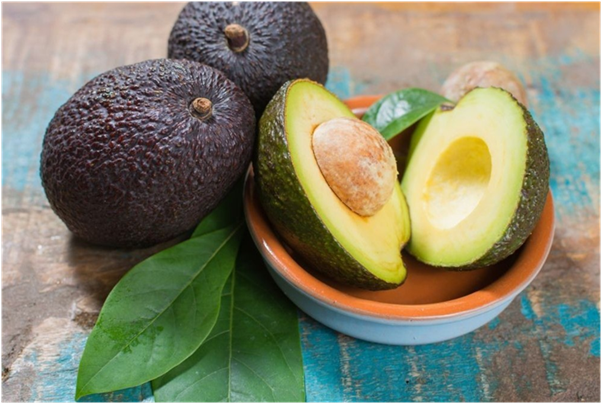
The most important part of growing avocado stones is picking the right kind. It primarily depends on how you want your avocado plants to become. If you just wish for beautiful foliage and a small household plant, then you should choose to supermarket Hass avocados. But if you want fruit-bearing trees, you must opt for various species that can easily withstand the UK climate and cold.
The main reason behind most supermarket Hass avocados is they cannot bear fruit in a drastic environmental change. These avocados grow in the sunny and warm weather of California or Florida.
And when you try to coax the stone in the UK, it gets a great environmental switch. As a result, they fail to withstand the change and do not bear fruit or become much tall. But some variants of avocado stones available in the market can resist the change and bear fruit despite growing in a Central American climate.
2. Ready the Stone
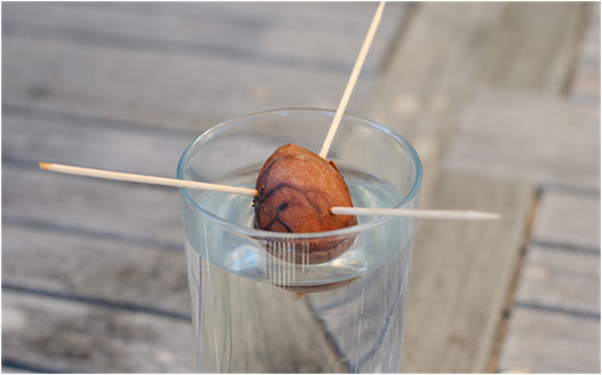
Your next step in growing avocado stones will be preparing the stone for the journey. It may seem easy, but you must carefully prepare the seed or stone. In this process, you need to peel the fruit and bring the stone out without causing any harm. You must remember if you hurt the stone during the process or accidentally peel off the brown cover of the stone, your entire work will go to waste. A damaged or severely injured stone may not germinate well, and you will not get a plant out of it how much you try.
So, slowly and gently peel off the fruit and remove the stone. You can leave the stone in cold water for a few minutes and then softly rub off the mushy. Soaking in water is helpful to lose the particles of avocado fruit, and you can easily brush off the mush from the seed. In addition, you must figure out the top and bottom of the stone. The top of the stone will look like a pointer as it will shoot sprouts. On the other hand, the bottom of the stone will be flat and round as it will spread roots.
3. Germination of the Stone
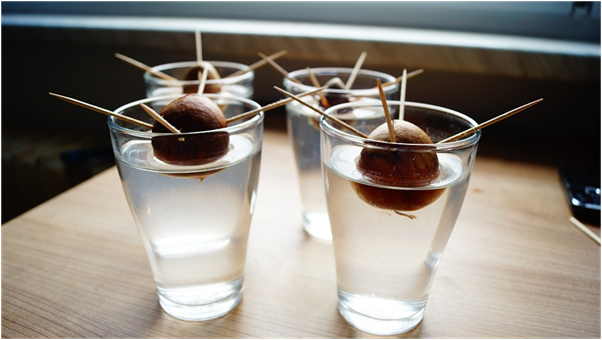
Once you remove the stone from the fruit and locate its top and bottom parts, it’s time to germinate your avocado stone. It is the most crucial part of growing avocado stones and requires a lot of patience.
- You can use an avocado germination glass vase or household items to create a sustainable germination pot. You can use cocktail sticks to pierce the seed so it can scaffold on the container you choose for germination. Also, you must not penetrate through the stone. Just let a little portion of the stick go inside the seeds to make a hold.
- Pierce the stone from three sides without hurting the centre. Now take a plastic/ glass container (transparent) full of water and place your seed bottom facing the water, and the top is open to the air. You must also ensure to change the water frequently (every five or six days). It will help to avoid the development of bacteria, fungus, mould, etc., in dirty water.
- Once you place your avocado stone for germination, you can see how the brown skin of the stone slowly cracks and wears out—also, a firm and long tale starts to grow from the core of the stone to water. And with time, it will begin to spread prongs from the taproot.
However, you must also note that never let the taproot submerge from the water or become dry during germination. It will die if the taproot stays long above water or becomes dehydrated. Also, remember the germination time for avocado stones varies from one variety of species to another, but most of them take at least two months to germinate.
4. Pot Your Germinated Stone
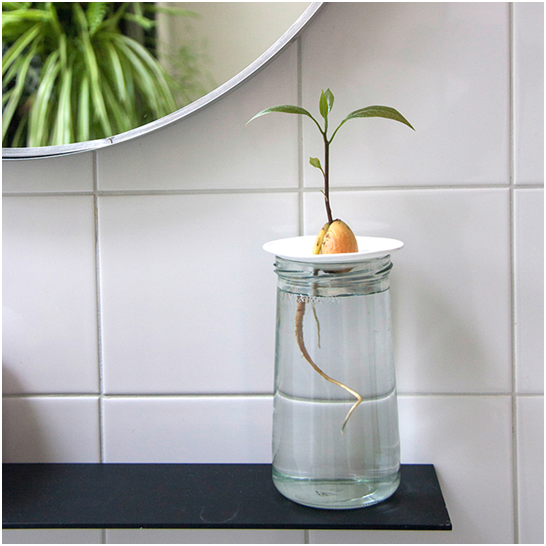
Growing avocado stones is an interesting and fun project for any plant enthusiast. However, the process does not complete overnight. And you also learn to become patient, which is essential for growing plants like avocados. Once your stone completes germination, you can finally opt for potting it. To know the right time to pot your stone, closely observe it during germination. When you leave your avocado stones for germination, you will see a sprout appear from the top of the stone as the bottom starts to grow taproot. Let the sapling grow six inches tall, cut it in half, and grow it naturally. Once the sprout becomes six inches tall again, know it’s the right time to plant the seed in the soil.
Carefully plant the seed in the soil and place it in bright, sunny weather. Avocado plants thrive in warm and humid weather. It is okay to leave your avocado sapling outside in the summer. But you must not leave them at low temperatures. Also, you must water your avocado regularly but never overdo it. Watch out for signs like yellow leaves, which indicate too much moisture in the soil. However, there is nothing to worry about it. Leave your plant in a place full of light and air, and do not water it again until the excessive moisture disappears.
5. Keep Your Patience
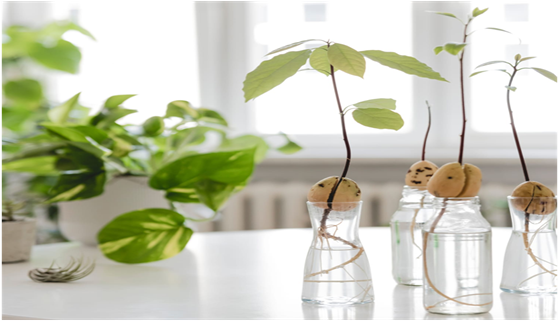
Growing avocado stones and turning them into fruit-bearing trees will take a while. Therefore, you must be patient and give it time and proper care to grow healthily. You need to water your sapling regularly and observe its growth. Also, remember to pinch off the top of your plant after they grow 1ft tall (after potting). It will boost the foliage of the plant, and it will branch out naturally. Repeat the process every time the plant grows up to 6 inches tall; it will help it become bushy and full of leaves.
You must also maintain the plant carefully and prevent external damage from pests, insects, and bugs. The green and glossy leave of avocado attracts various bugs and insects. Pest control solutions can reduce bugs and insects and keep your plant healthy.
6. Pay-off
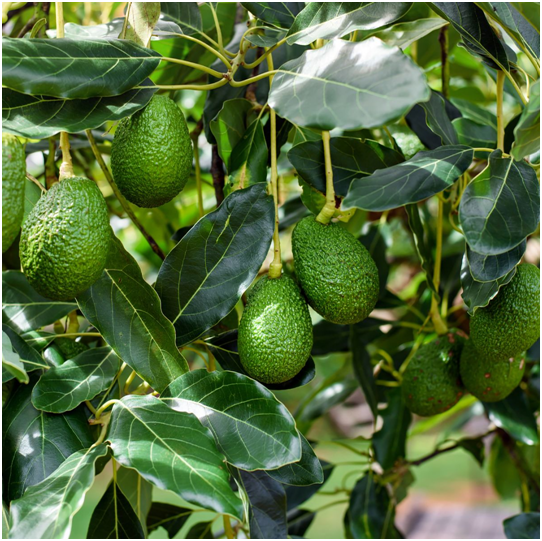
Growing avocado stones is a long-term project that requires your time and attention. And the process takes more time if you want to get fruits from your avocado house plants. Growing avocado in the UK climate is a bit tricky. And these plants take a long time to bear fruit. If you provide the right care and maintenance, you can expect your plant to bear fruit in three to four years. However, some plants do take ten to fifteen years to fruit.
In some cases, the plant requires pollination to bear fruit. So, you can grow different plants along with your avocado plants to help them pollinate. However, you must remember some can never bear fruit in their lifetime but can look great as your house plant and add a new feather to your house plant collection.
Common Pests and Diseases to Look For
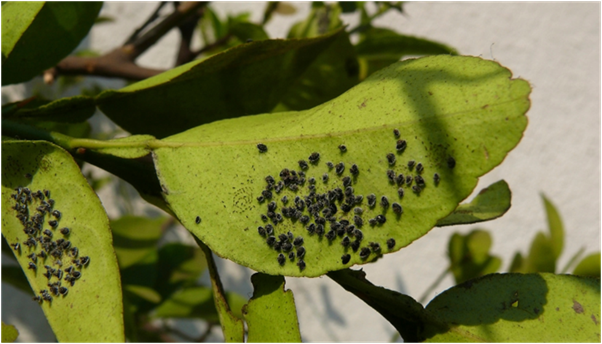
Growing avocado stones in a different environment than its usual climate is challenging. And other bugs and insects level up the challenge you may face in growing your avocado plants. Once your avocado passes its prime time, it reduces the number of foliage production. Also, it no longer looks vibrant due to low humidity; sunlight can pest attacks. It also affects the lifespan of avocado plants. So, if you are growing one, you must watch out for common pests and diseases. Here we will list some –
- Mealybugs – Mealybugs or Pseudococcidae appear when the air is dry. They are easy to identify as they leave white and greasy residue behind. Mealybugs live in the leaf axils. You can use biological pest control to stop them.
- Scale insects–Scale insects appear in low-humid environments. You can also easily recognize them with their scaly and strong external cover. They usually appear in winter when the plant is already weak. Scale insects also live in the leaf axils.
- Verticillium-wilt – Verticillium-wilt is a fungal disease that spreads from the soil, clogs the water inside the plant body, and prevents it from reaching the foliage. As a result, leaves turn yellow and start to wither. To prevent Verticillium-wilt, avoid waterlogging and over-moist soil in your avocado plant.
- Spider mites–Spider mites suck plant sap from the leaves. And you can easily recognize them by the damage they cause to your plant. They leave yellow-coloured dots where they suck the plant sap on the foliage. Using pest control solutions can help you get rid of them.
- Root rot – It is another disease that clogs the water production to the foliage. And the root of the plant starts to rot. Your avocado plant may suffer from a rotten root if the plant’s soil remains constantly wet and leaves a mushy smell. Also, the brown and yellow tips of the leaves are a major sign of root rot. Avoiding over-watering and keeping the soil less moist or heavy is essential to prevent root rot.
Summing It Up
All in all, Growing avocado stones is indeed an interesting and engaging task. And if you are a plant enthusiast, you will surely love the journey. However, growing avocado plant in the UK is challenging. But with the right tools and knowledge, you can grow beautiful avocado house plants that bear fruits. Also, remember to take care of the sapling and use proper measurements to maintain the plant. For instance, learning about the right environment to keep your plants away from common pests and diseases that can affect the plant and ways to prevent them is crucial.
However, growing avocado plants at home is an incredible journey for any plant lover as they learn patience and witness the beautiful transformation of the stone into a gorgeous leafy sapling. In this article, we have discussed 6 simple steps to grow avocado stones from the seed.
So, what are you waiting for? Get some quality avocado stones to begin your journey now.
Frequently Asked Questions
Can Avocado Stones Be Directly Planted in The Soil?
You can plant avocado stones directly on the soil, and if you are lucky, they may also germinate into a plant. However, it is not ideal for growing avocado stones. You must use a germination vase, a plastic cup, and toothpicks to create a scaffold structure for your seed (the bottom under water and the top in the air). It is crucial to use this process to ensure the stone has germinated before you place them into the soil.
Can an Avocado Tree Bear Fruit in The British Climate?
You can grow avocado stones into plants in the British climate; they may also bear fruit in some cases. However, getting fruits from your avocado plant in the UK is a bit challenging. Bearing fruit may take 3 to 4 years or 10 to 15 years. Also, even if you grow some fruits from your avocado plants, they taste different from what you get from the supermarket.
Can I Keep My Avocado Plant Indoors?
You can keep your avocado plants indoors, especially in winter, as the plant does not like cold weather. But if it is summer, keep your plants outdoors where they can get lots of sunlight, heat, and humidity. Also, never keep your plant in the dark and dry weather for too long. One thing you must remember is that it may take the tree up to 10 years to bear its fruit in the natural growing conditions.
Do Avocado Plants Need Special Care During Winter?
The ideal climate to grow avocados is hot and humid weather. In winter, the plant mostly struggles with heated and dry air in the winter season. So, if you plan to grow them in cold weather, you must take special care of the plant. For example, never let the soil get too dry, avoid freezing temperatures, and keep them indoors as much as possible, especially in winter.
How Much Time Does an Avocado Stone Take to Germinate?
Growing avocado stones requires time and patience. You must place the plant out of the direct UV light and water them as much as possible to see the results in less time. Also, the germination period of avocado seeds can differ from one species to another. Some may take two to three weeks, while others take four to eight months. However, avocado seeds’ average germination time is at least two months.

